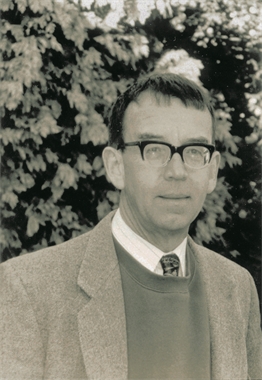Find your natural prime time to be more productive

As you may already be aware, your energy levels can fluctuate quite a bit over the course of the day. If you’re an early bird, you have more energy early in the morning. If you’re a night owl, you have more energy late at night. And if you’re like many people, your energy levels may crash in the early afternoon, after they spike after a large lunch. One of the best things you can do is find out when you’re natural prime time is and work on your highest-impact tasks then, to allow you to be more productive.
But how do you find out when that is? The following tips from Chris Bailey, who spent a year testing and experimenting with productivity hacks and methods, will require you to keep track of your time for about one minute, every hour, for a week. What you’ll get out of tracking your time is an understanding of how well you manage your energy, so you know your starting point and can make adjustments to get more done every day. The time commitment will pay for itself many times over!
In preparation
If you want to truly observe your body’s natural rhythms, before keeping a log of how much energy you have, you should:
- Cut out caffeine, alcohol, sugar, and as many other stimulants as possible from your diet. If it takes you a few days to adjust, you may want to consider throwing out your first few days’ worth of data, because they may skew your results.
- Eat small, frequent meals throughout the day.
- If you can, wake up and fall asleep naturally, without the aid of an alarm clock or smartphone.
Cutting out caffeine and alcohol is difficult but to get a good measurement of when you naturally have the most energy, it’s really essential. Chris sees drinking alcohol as a way of borrowing energy from tomorrow; and because you invariably crash after a caffeine high, drinking caffeine is a way of borrowing energy from later on in the day.
And though sugar can serve as a temporary boost every once in a while, from an energy and productivity standpoint, it’s not helpful in the long run. Try to cut out all three starting a week before you track your energy levels.
Start with a simple tracker
To track your energy levels, as well as your time, you simply need a sheet of paper that lists the hours of the day and the days of the week. To save you some time, Chris has put together a chart that has everything you need to track your time and energy levels for one week. Just head on over to his website to download and print off the chart. Alternatively, if you work a lot on the computer, there are some great apps that will let you track how you spend time there, too. Chris recommends RescueTime and Toggl.
Every hour, on the hour, note the following things on your chart:
- How much energy you have (on a scale of 1 to 10)
- What you are doing
- How many minutes you procrastinated over the hour (an estimate)
What if my time log reveals how much I procrastinate?!
If you find yourself procrastinating, don’t worry—that’s normal. According to the procrastination researchers Chris interviewed, everyone procrastinates at times—including some of the most renowned procrastination researchers from around the world.Don’t be too hard on yourself when you write down how long you procrastinate—and don’t be afraid to be honest.
This exercise might be, in itself, enough to motivate you to reduce the amount of time that you waste on low-impact tasks. But if it isn’t, Chris’ book The Productivity Project has much more on the best ways he discovered to better manage your time, attention, and energy.
Adapted from Chris Bailey’s The Productivity Project.



